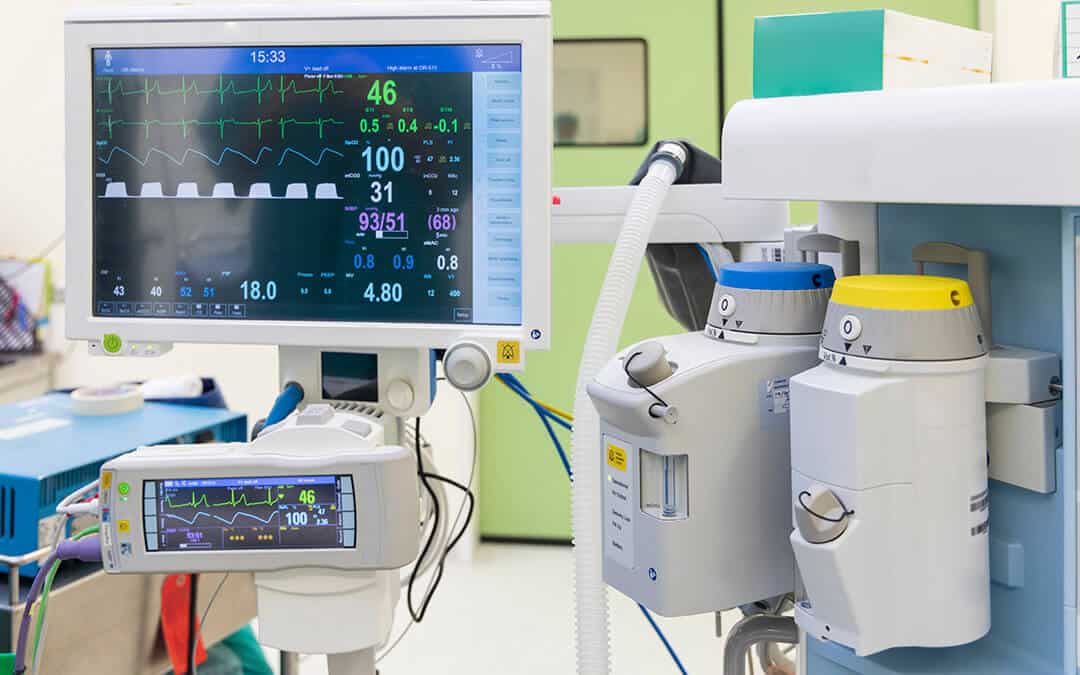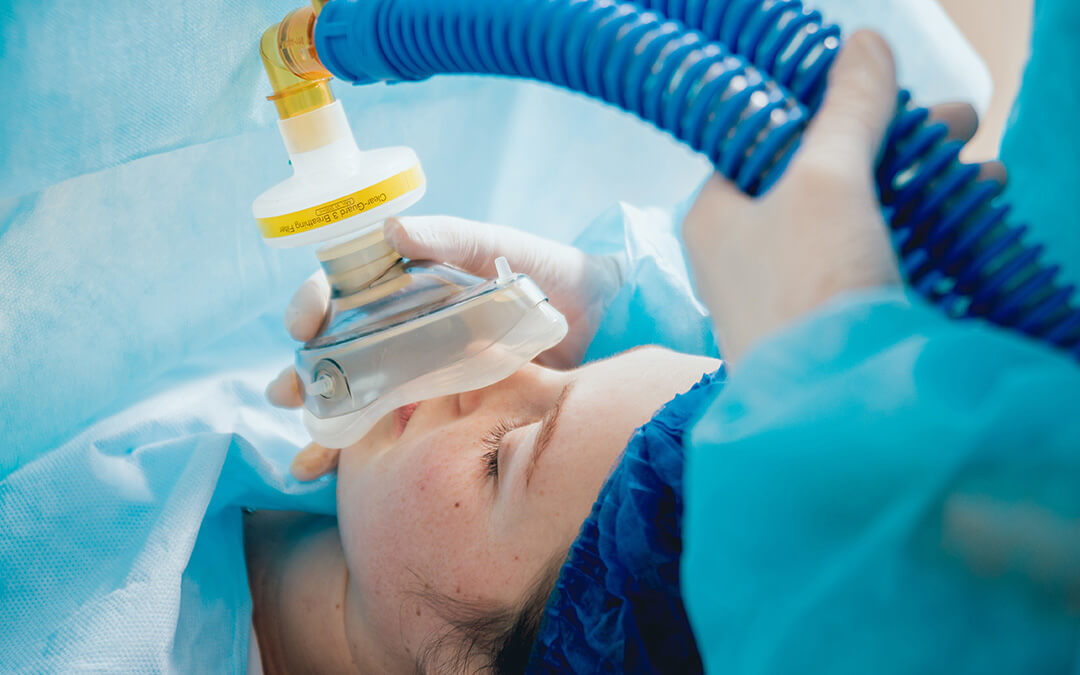Also known as laughing gas, nitrous oxide is a fast-acting anesthetic agent that is safe for use during a variety of medical and dental procedures, including surgery. Its anesthetic versatility has been recognized for more than 200 years, and it is one of the most commonly used general anesthetics in the world today.
Administered by a dental or medical professional, nitrous oxide is mixed with oxygen – in a 2:1 ratio of nitrous oxide to oxygen – in order to prevent oxygen deprivation and blood pressure loss in the patient. Modern anesthesia machines are designed for controlled nitrous oxide distribution, delivering concentrations no higher than 70% – to protect patients from hypoxia (oxygen deprivation at the tissue level). Nitrous oxide-oxygen is usually administered through a nasal hood or a face mask, and is then absorbed quickly through the lungs.
Nitrous oxide is a variant of nitrogen. It has a slightly sweet odor and taste. Upon inhalation, nitrous oxide takes effect after only a few breaths, as it is absorbed into the bloodstream. Anesthetization occurs once the mixture of nitrous oxide and oxygen reaches the brain. As a carrier gas, oxygen helps nitrous oxide travel quickly to the brain, and reduces the possibility of side effects.

What Happens Under Sedation?
Under nitrous sedation, the patient continues to breathe freely, and remains conscious enough to hear and respond to voices in the room. The nitrous-oxide-anesthetized patient can still move their limbs and communicate verbally with the doctor. Reaction times may be slowed – due to the relaxation caused by inhalation – but this wears off soon after administration ends.
The calm, euphoric sensation produced by inhaling nitrous oxide-oxygen helps to minimize any discomfort or anxiety experienced by the patient before and during surgery. It can also reduce incisional pain. The anesthetized feeling comes on quickly, wearing off shortly after inhalation ends. Once the nasal hood or face mask is removed, the gas does not take long to leave the body – a few minutes, for most patients – at which time the effects are no longer felt.
Extra oxygen may be given to the patient to clear any remaining nitrous oxide from the body – and to restore the patient to alertness. Post-procedural oxygen administration can also help prevent a headache as the effects of the nitrous oxide subside.

What Are The Side Effects?
There is little medical evidence to indicate that nitrous oxide inhalation causes any long-term side effects. Short-term side effects can include dizziness, fatigue, sweating, shivering, and nausea – yet these are rare. Nitrous oxide is non-addictive and non-allergenic, and is safe for use as long as it is administered by a medical or dental professional. Cardiorespiratory complications are uncommon, and overdose is highly unlikely. The amount of nitrous oxide needed to produce analgesia in a patient is far lower than what would be considered toxic. The combination with oxygen also lowers any risk of toxicity.
Though nitrous oxide is a greenhouse gas – considerably more potent than carbon dioxide – its medical use as an anesthetic agent causes no environmental damage. Most nitrous oxide released into the atmosphere comes naturally from soil – and the greater environmental impact of nitrous oxide use by humans comes from the production of nylon and various propellants. Medical use of nitrous oxide poses no threat to atmospheric stability.
Nitrous oxide, when combined with oxygen, offers safe and effective sedation to dental and medical patients – and even to animals undergoing veterinary procedures. Contact CalOx for medical-grade nitrous oxide delivery to your dental, medical, and veterinary practices. Contact us to learn more about our services.
